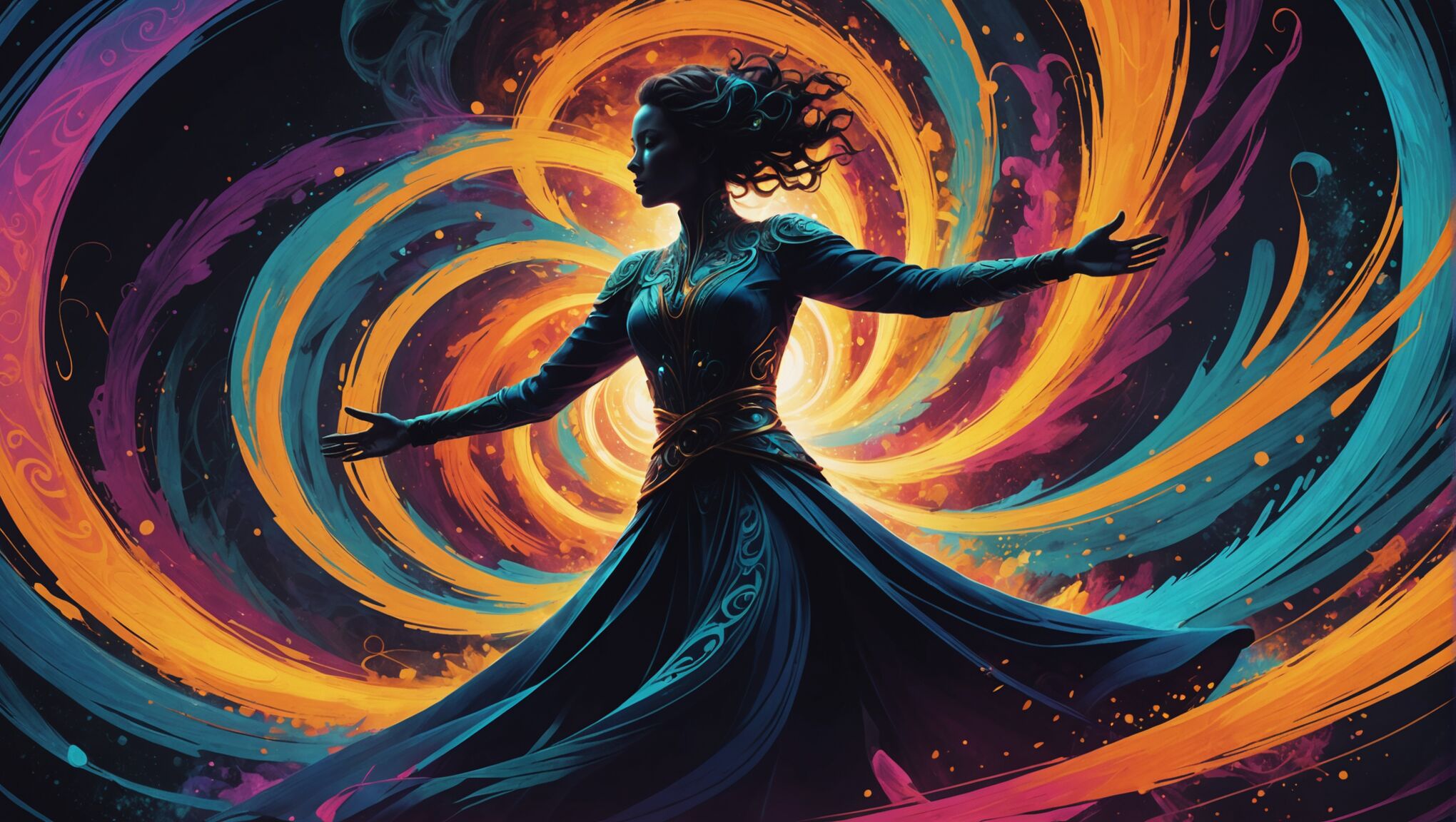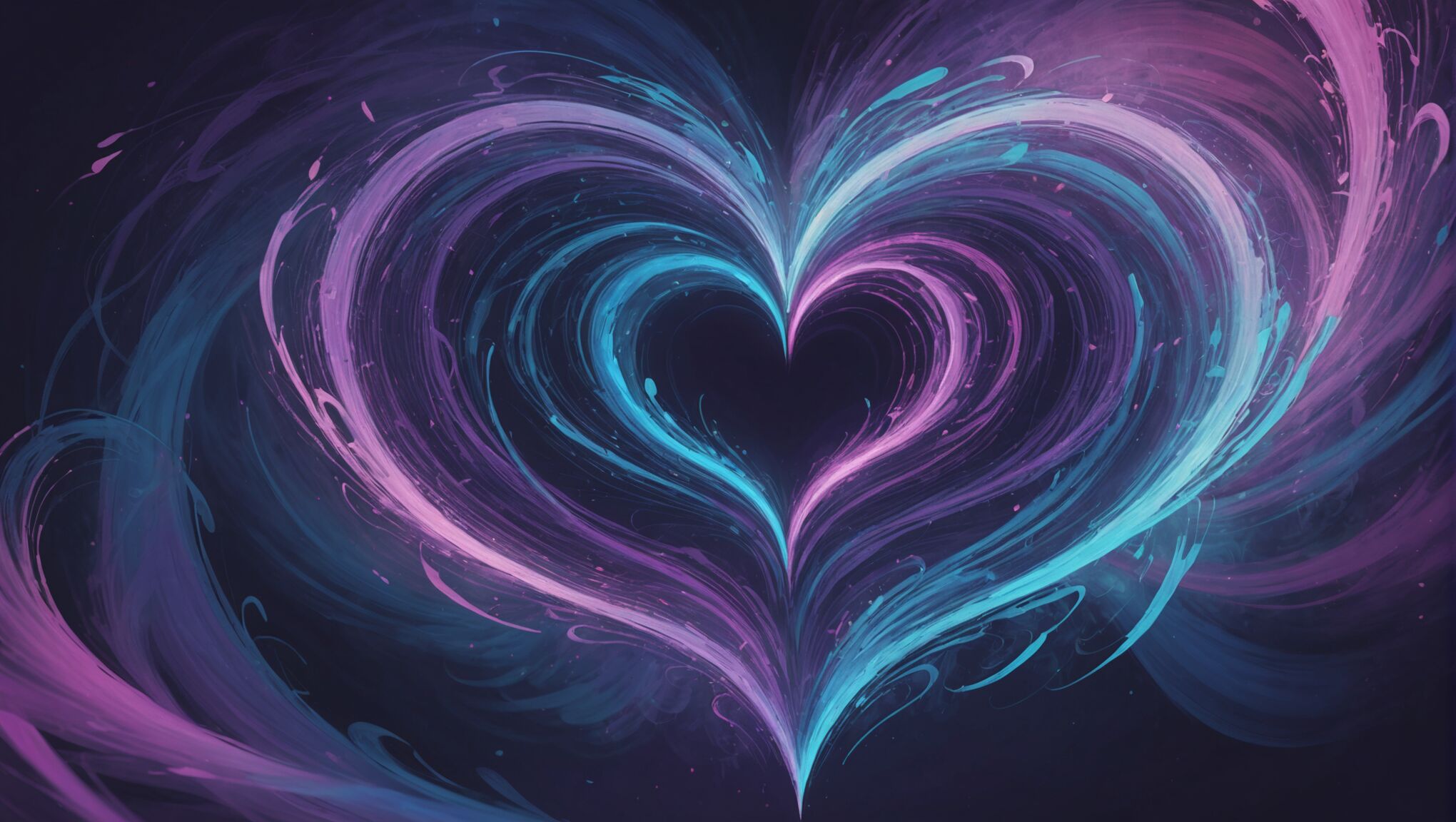Abstract art elements have become increasingly popular in fantasy and romance cover design, offering a unique way to capture readers’ attention and convey complex themes. These elements can range from simple geometric shapes to intricate patterns and textures, each serving a specific purpose in the overall composition. Fluid lines and organic forms are particularly effective in creating a sense of movement and energy, which can be especially appealing for action-packed fantasy novels or passionate romance stories. Designers often incorporate swirling brushstrokes, splatter effects, or abstract landscapes to evoke a sense of mystery or otherworldliness.
Another key aspect of using abstract art in cover design is the strategic use of negative space. By leaving certain areas of the cover intentionally blank or minimally decorated, designers can create a powerful contrast that draws the eye to specific focal points. This technique is particularly useful for highlighting important text elements such as the book title or author’s name. Texture and layering also play a crucial role in abstract cover designs, adding depth and visual interest. Designers may incorporate techniques like digital collage, mixed media, or even tactile elements to create a multi-dimensional effect that entices potential readers to pick up the book. find more about fantasy romance book covers at this online store.
Abstract elements can also be used to subtly hint at the book’s content without giving too much away. For example, a fantasy novel featuring elemental magic might incorporate abstract representations of fire, water, earth, and air into its cover design. Similarly, a romance novel could use abstract heart shapes or intertwining lines to suggest the connection between characters. By employing these abstract art elements thoughtfully, designers can create covers that are both visually striking and thematically relevant, effectively capturing the essence of the story within.
Conveying emotion through abstraction
Abstraction in cover design offers a powerful tool for evoking emotions and setting the tone for fantasy and romance novels. By moving away from literal representations, abstract elements can tap into the viewer’s subconscious, creating an immediate emotional response that resonates with the book’s themes and atmosphere.
“Art is not what you see, but what you make others see.” – Edgar Degas
This quote perfectly encapsulates the essence of using abstraction to convey emotion in cover design. The goal is not to present a clear image, but to create a feeling that aligns with the story within.
Color plays a crucial role in this emotional conveyance. Vibrant reds and oranges can evoke passion and intensity, making them ideal for steamy romance novels or action-packed fantasy adventures. Conversely, cool blues and purples might be used to create a sense of mystery or magic, perfect for ethereal fantasy worlds or introspective romantic journeys. For more tips on crafting compelling fantasy stories, visit Helping Writers Become Authors.
The use of texture in abstract designs can also elicit strong emotional responses. Rough, jagged textures might convey conflict or turmoil, while smooth, flowing textures can suggest harmony or serenity. By combining these textural elements with appropriate color choices, designers can create covers that speak to readers on an instinctual level. For more information on choosing the right fantasy book cover design, visit this helpful resource.
Shape and form are equally important in abstract emotional conveyance. Soft, curved shapes often evoke feelings of comfort and sensuality, making them well-suited for romance novels. On the other hand, sharp angles and dynamic forms can create tension and excitement, ideal for high-stakes fantasy narratives.
Layering and opacity effects can add depth to abstract designs, allowing for complex emotional landscapes. By overlapping different elements with varying levels of transparency, designers can create a sense of mystery or reveal hidden depths, mirroring the complexities of character relationships or fantastical worlds.
The use of abstract symbols can also be a powerful tool for emotional conveyance. A stylized heart might represent love, while a spiral could suggest transformation or the passage of time. These symbols, when integrated into an abstract design, can communicate core themes of the book without resorting to literal imagery. To explore how fantasy book cover design impacts readers’ perceptions and choices, check out this informative article.
Motion and direction in abstract designs can guide the viewer’s eye and evoke specific emotions. Upward-moving elements might suggest hope or aspiration, while downward or chaotic movements could represent conflict or turmoil. This sense of movement can be particularly effective in conveying the emotional journey of characters in both fantasy and romance genres.
By carefully considering these abstract elements and their emotional impacts, designers can create covers that not only catch the eye but also resonate with potential readers on a deeper level. The goal is to create an immediate emotional connection that compels the viewer to pick up the book and dive into the world within.
Balancing abstract and figurative elements
 Striking the right balance between abstract and figurative elements in fantasy and romance cover design is a delicate art that requires careful consideration and artistic finesse. This harmony can create a visually compelling cover that both intrigues potential readers and accurately represents the book’s content.
Striking the right balance between abstract and figurative elements in fantasy and romance cover design is a delicate art that requires careful consideration and artistic finesse. This harmony can create a visually compelling cover that both intrigues potential readers and accurately represents the book’s content.
Figurative elements, such as character depictions or recognizable objects, provide a tangible connection to the story and can help readers quickly identify the genre. However, when combined with abstract elements, these figurative components can take on new depths of meaning and intrigue.
One effective approach is to use abstract elements to frame or enhance figurative aspects. For instance, a fantasy novel might feature a realistic portrait of the protagonist surrounded by swirling, abstract patterns that hint at magical forces or otherworldly realms. This juxtaposition can create a dynamic visual tension that draws the eye and sparks curiosity.
Another technique is to blend figurative and abstract elements seamlessly. This can be achieved by incorporating abstract textures or patterns into figurative elements, such as a character’s clothing or hair. This approach can add a layer of complexity and intrigue to the cover, suggesting that there’s more to the story than meets the eye.
The level of abstraction can also be adjusted to suit the specific needs of the book. A high fantasy novel might lean more heavily on abstract elements to convey a sense of the unknown and magical, while a contemporary romance might use more subtle abstract touches to enhance an otherwise realistic scene.
Negative space plays a crucial role in balancing these elements. By strategically leaving areas of the cover open or minimally decorated, designers can create breathing room that allows both abstract and figurative elements to shine without overwhelming the viewer.
Color can be used as a unifying factor, tying abstract and figurative elements together into a cohesive whole. A limited color palette applied across both abstract and figurative components can create a sense of unity and purpose in the design.
It’s important to consider the target audience when balancing these elements. Younger readers might respond better to more figurative elements, while mature audiences might appreciate a higher degree of abstraction. However, these are not hard and fast rules, and breaking conventions can sometimes lead to standout covers that capture attention.
The placement of text elements, such as the title and author’s name, should also be considered in this balance. These can be integrated into the design, becoming part of the abstract-figurative interplay, or they can be used to separate and define different areas of the cover.
Ultimately, the goal is to create a cover that is visually striking, emotionally resonant, and true to the essence of the book. By thoughtfully balancing abstract and figurative elements, designers can create covers that not only stand out on shelves or online marketplaces but also provide a tantalizing glimpse into the worlds contained within the pages.
As you consider these principles, reflect on how they might apply to your favorite book covers. How do they balance the abstract and the figurative? What emotions do they evoke, and how do they achieve this? By analyzing existing designs and experimenting with your own ideas, you can develop a deeper appreciation for this art form and perhaps even create your own captivating cover designs.
Color theory for fantasy and romance covers
Color theory plays a crucial role in creating compelling fantasy and romance book covers. The strategic use of color can evoke specific emotions, set the mood, and draw potential readers into the world of the story. For fantasy covers, rich, saturated colors often dominate the palette. Deep purples and blues can create a sense of mystery and magic, while vibrant greens might suggest lush, otherworldly landscapes. Gold accents are frequently used to convey a sense of reality or ancient power, essential elements in many fantasy narratives.
Romance covers, on the other hand, often lean towards warmer tones. Soft pinks and reds are classic choices, symbolizing love and passion. However, contemporary romance designs might incorporate bolder, more unexpected color combinations to stand out in a crowded market. Designers might use complementary colors to create visual tension, mirroring the conflicts and attractions between characters.
The use of color gradients can be particularly effective in both genres. In fantasy covers, a gradient from dark to light might represent the journey from danger to triumph, or from the mundane world to a magical realm. For romance, a subtle blend of colors can create a dreamy, romantic atmosphere that draws the reader in.
Contrast is another critical aspect of color theory in cover design. High contrast between light and dark elements can create drama and intrigue, perfect for high-stakes fantasy adventures or passionate romances. Conversely, low contrast and muted tones might be used for more introspective or historical works in either genre.
Color psychology also plays a significant role. Blue, often associated with trust and stability, might be used in a romance cover to suggest a deep, lasting connection between characters. In fantasy, it could represent magical ice or the vastness of the sea. Red, with its associations of passion and danger, can be equally effective in both genres, signaling intense emotions or perilous situations.
The interplay between warm and cool colors can create dynamic and engaging compositions. A predominantly cool-toned fantasy cover might use a splash of warm color to draw attention to a crucial element, such as a magical artifact or a heroic character. Similarly, a romance cover dominated by warm, passionate tones could incorporate cooler colors to represent obstacles or conflicting emotions in the relationship.
Designers must also consider how colors will appear in different formats. What looks striking on a physical book cover may not have the same impact when viewed as a small thumbnail image online. This consideration often leads to the use of bold, easily distinguishable color schemes that maintain their impact across various platforms.
Seasonal color trends can influence cover design as well. While it’s important to create a timeless look, being aware of current color preferences can help a book stand out in the market. However, designers must balance trendiness with the need to accurately represent the book’s content and appeal to its target audience.
Ultimately, the most effective use of color in fantasy and romance covers comes from a deep understanding of the story itself. The chosen color palette should not only attract attention but also provide insight into the book’s themes, characters, and emotional landscape. When used skillfully, color becomes a powerful storytelling tool, capable of conveying complex ideas and emotions at a single glance.
